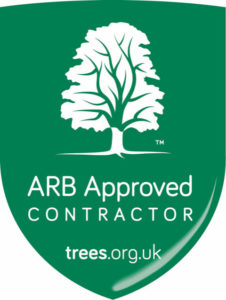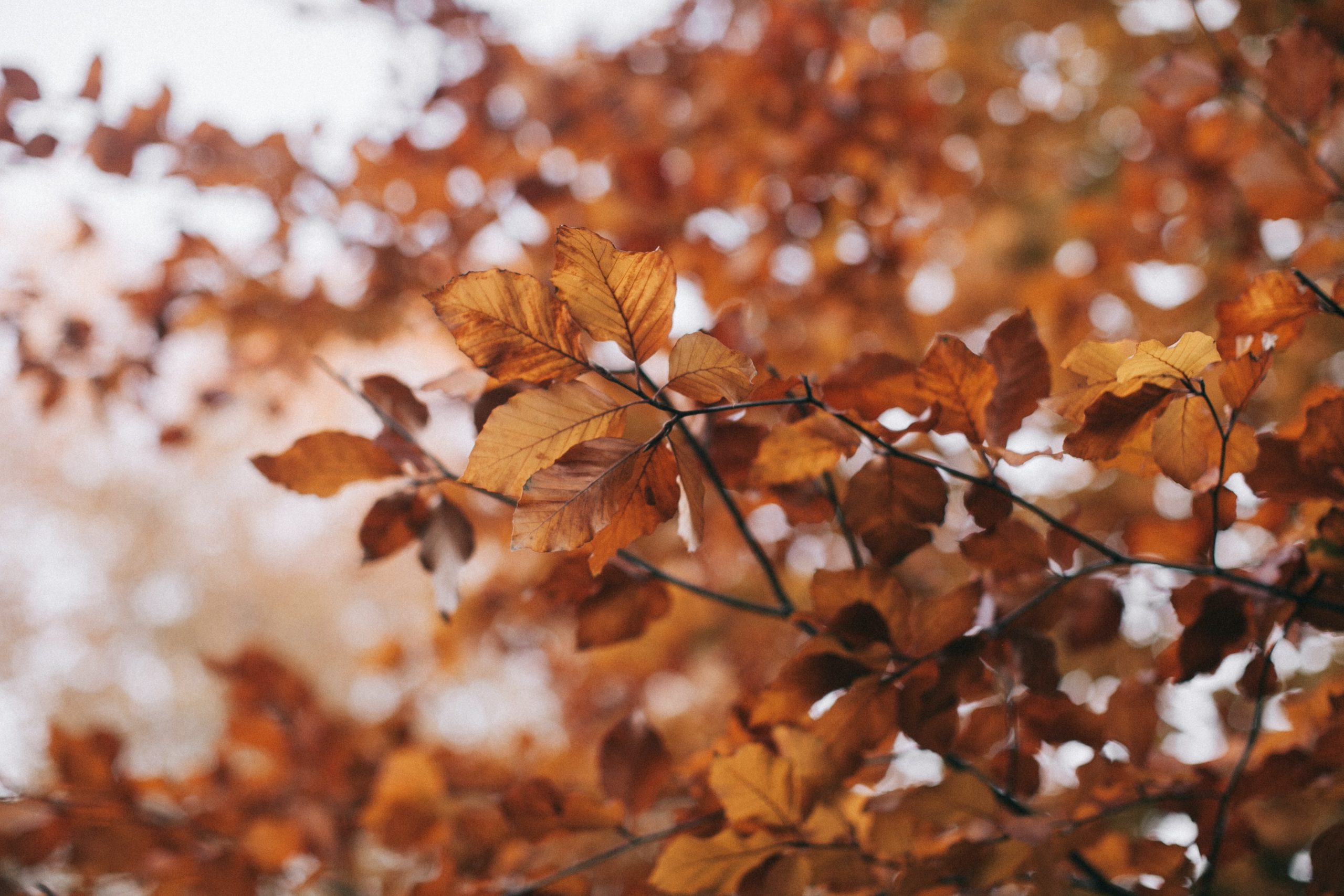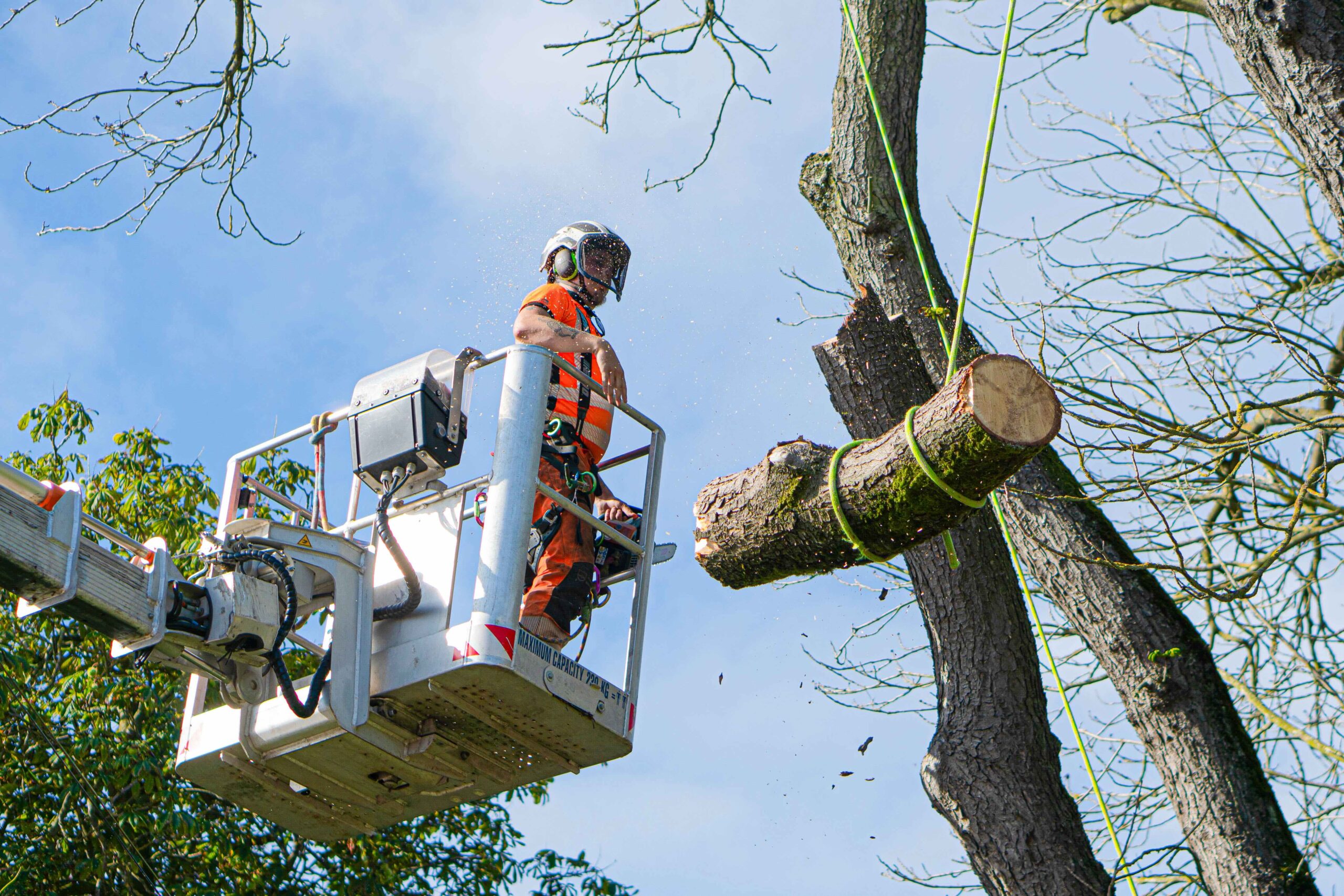Here in the UK, especially in the beautiful Norfolk countryside, we are often presented with opportunities to make a positive impact on our surroundings. One opportunity lies right at our feet, beneath the trees every single Autumn – the opportunity to harness the benefits of leaf compost.
Benefits of leaf compost collection
There are many key benefits to composting the leaves that naturally fall into your garden, so don’t let this precious resource go to landfill or into Norfolk’s waterways. The benefits and advantages of utilising leaf compost, include:
Improved Soil Quality
Leaf compost is a terrific way to improve the quality of your soil. This can be particularly helpful if your soil is unbalanced. Leaf compost that is well decomposed helps lower the pH of your garden soil over time.
Reduce Greenhouse Gases
By diverting your organic tree waste away from your regular brown bin, you are reducing the amount of greenhouse gases that those leaves create while decomposing in landfills. Approximately 60% of the waste that Brits put in their bin could be put to better use in the garden as compost to improve soil quality.
Increase Soil Water Capacity
Leaf compost reduces your garden’s need for water by increasing the amount that can be held directly in the soil. By increasing the organic matter in your garden beds by even just 5%, you can quadruple the capacity of your soil water retention and enhance the growth of your garden.
Squash Plant Diseases & Pests
Leaf compost also helps to suppress many plant diseases and pests by stopping harmful bacteria and fungi that store-bought chemical fungicides combat. As leaf compost is high in organic matter, which reduces the need for toxic chemical fertilisers, it can also help you save money.
Prevent Toxic Algae in Water
Just by reducing the volume of leaves that leave your garden and run off into drains, you are helping to prevent toxic blue-green algae blooms from occurring in our waterways. Leaf runoff contains extremely high levels of phosphorus, which is a key ingredient that feeds this harmful blue-green algae.
Collecting and preparing your leaves for composting
Collecting and preparing your leaves for composting plays a crucial part in developing and maintaining a nutritionally rich garden. By paying attention to the types of leaves you use, how you prepare them, and the composting process, you can maximise the benefits of leaf compost for your garden.
Choosing the Right Leaves
When it comes to leaves for composting, broadleaf deciduous trees, like oak, Sycamore and birch, are the ideal candidates. They break down relatively quickly and provide a great balance of carbon (browns) to nitrogen (greens) in your compost pile. So keep an eye out for those large leaves when collecting.
There are also quite a few leaves which should be avoided or used sparingly when collecting for your compost. Leaves from coniferous trees, such as pine, tend to be on the acidic side and can slow down the decomposition process. Similarly, it’s best to be cautious when collecting leaves from areas where pesticides or herbicides have been used. These chemicals can persist in the leaves and potentially harm your garden in the future.
Preparing Your Leaves
We recommend investing in a leaf shredder as it can greatly help speed up the decomposition process. Shredded leaves have more surface area, making it easier for the microorganisms in the soil and air to break down. If you don’t have access to specialised equipment like this, a lawnmower with a bag attachment or a leaf blower with a vacuum function can also be used to shred the leaves effectively.
Overall, we’re aiming for smaller leaf pieces, about the size of a postage stamp, as these smaller pieces break down faster and create a more uniform compost mixture. So whatever you can find to help, will do the trick.
Layering the Leaf Mix
As mentioned before, a balance of brown and green leaves is the perfect mix for a nutrient-rich leaf compost. Leaves that are considered “brown” are rich in carbon, so layering them with “green” leaves, such as kitchen scraps, grass clippings, or other garden waste leaves, which are higher in nitrogen, will make the perfect equilibrium for your composting.
When doing this learning we recommend aiming for a ratio of approximately 3 parts brown materials to 1 part green materials by volume. By using this ratio and regularly turning or mixing the compost pile to aerate it, you can help distribute oxygen and encourage decomposition.
Storing your leaves
Once you’ve successfully collected and created your batch of nutrient-rich leaf compost, it’s essential to store it properly to preserve its quality and ensure it’s readily available for use in your garden. Proper storage not only maintains the compost’s integrity but also prevents pests, retains moisture, and encourages further decomposition if needed.
Storage Containers
Compost bins and compost tumblers are a popular choice for storing leaf compost as they come in various sizes and designs. When selecting a bin or tumbler, consider the volume of compost you plan to store and the space available.
Location
When choosing a location for your storage containers, an area that receives partial sunlight or is in a shaded area is ideal. Excessive sunlight can dry out the compost, while extreme heat can kill beneficial microorganisms. So a cool, shaded spot helps maintain the compost’s moisture and temperature.
Using your new compost
Your new leaf compost is a valuable resource that can greatly enhance the health and productivity of your garden. By just mixing the compost into your soil it enriches it to a new level. For example, when preparing a new garden bed or revitalising an existing one, spreading a layer of compost over the area and mixing it into the soil will improve soil structure, enhance its ability to retain moisture, and provide essential nutrients to plants.
However, one thing to note when creating your leaf compost is that it can reduce the nitrate levels in your soil as a whole and end up depriving neighbouring trees of some of the nitrogen they need for healthy growth. This is due to how the leaf matter is broken down by microbes, as these microbes require nitrogen as their energy source for decomposition, so they will draw it from the surrounding soil.
To find out more about our expert tips about everything tree related, keep an eye on our blog page or if you’re looking to book any tree surgery services with us, just fill out our contact form.




